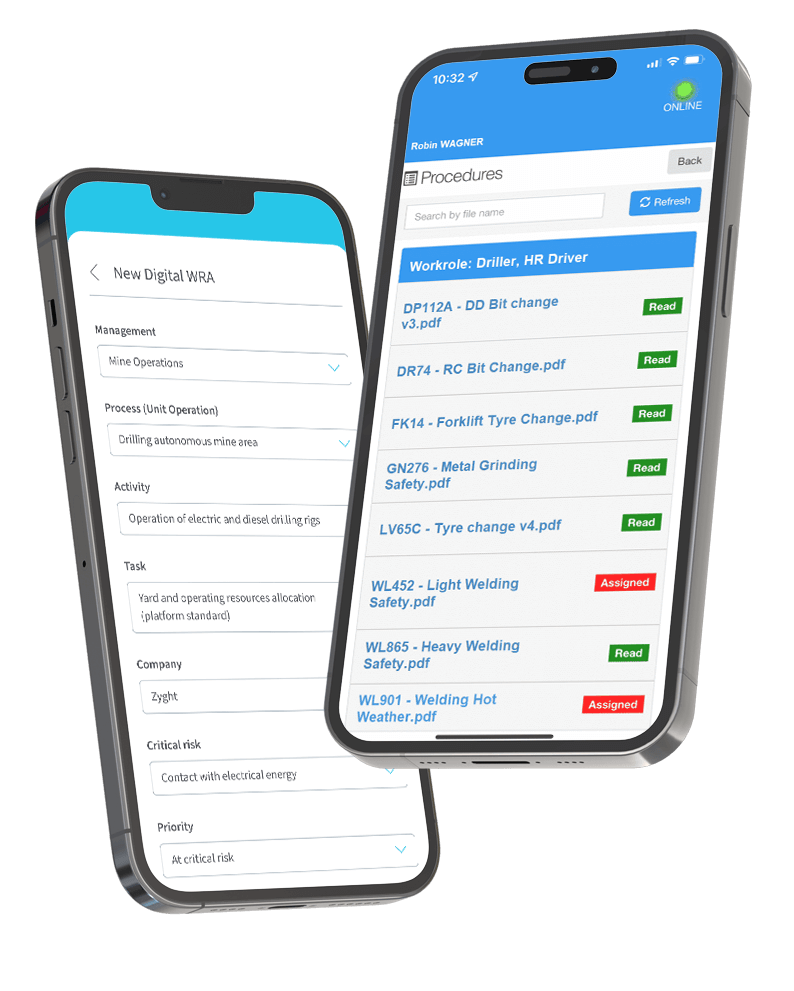In today’s fast-paced healthcare environment, reducing medication errors is critical for improving patient outcomes and cutting unnecessary costs. Advanced data analytics tools like Qmed play a vital role in identifying trends, predicting risks, and driving safer medication practices.
Why Do Medication Errors Cost So Much and Harm Patients?
Medication errors are one of the most common and costly issues in healthcare. According to the World Health Organization, these errors cost an estimated $42 billion annually worldwide. These mistakes not only increase financial pressure but also severely impact patient safety, often leading to extended hospital stays, complications, or even fatalities.
How Do Analytics Tools Detect Risks and Patterns in Medication Use?
Analytics platforms can process vast amounts of clinical data to uncover patterns that may not be obvious through manual review. By monitoring prescription practices, patient demographics, and adverse event reports, healthcare providers can:
- Detect high-risk medications or patient groups
- Predict when and where errors are most likely to occur
- Flag inconsistencies or deviations from protocols in real time
For example, Qmed’s analytics dashboard allows clinical teams to visualize error trends across departments, making it easier to implement targeted safety interventions.
Decisions Enhanced by HSE Data Insights
With access to clean, well-structured data through Nexo CS, teams can:
- Adjust procedures based on leading indicators like unsafe behaviors.
- Optimize inspection schedules using risk heatmaps.
- Prioritize training for departments with frequent safety deviations.
- Respond instantly to environmental or compliance deviations.
By basing these decisions on real-time insights, companies not only prevent incidents—they embed sustainability into daily operations.
What Are the Steps to Build a Data-Driven Safety Strategy?
To successfully reduce medication errors through analytics, healthcare facilities should follow a few critical steps:
- Integrate reliable data sources – EHRs, pharmacy logs, and incident reports.
- Adopt a robust analytics platform – Like Qmed, which ensures real-time data flow and actionable insights.
- Train staff on data interpretation – Empower teams to respond quickly to red flags.
- Continuously monitor outcomes – Use dashboards to track improvements and adjust strategies.
This proactive approach creates a culture of safety and accountability throughout the organization.
How Does Qmed Help Healthcare Teams Reduce Medication Errors?
Qmed excels at reducing medication errors by combining automated reporting with powerful data analytics. Its key features include:
- Real-time error tracking
- Customizable dashboards for risk identification
- Audit-ready reports for compliance and review
- Integration with clinical systems to ensure data accuracy
Qmed’s intuitive platform empowers healthcare teams to stay ahead of potential medication risks and maintain a continuous improvement cycle.
Learn more about how Qmed enhances healthcare safety through automated incident management.
Want to Prevent Medication Errors? Start with Smarter Data
Data analytics isn’t just a trend—it’s a necessity in modern healthcare. By adopting tools like Qmed, healthcare organizations can significantly reduce medication errors, improve patient outcomes, and optimize resource use.
To explore international best practices in patient safety, visit the World Health Organization’s Global Patient Safety Challenge.


